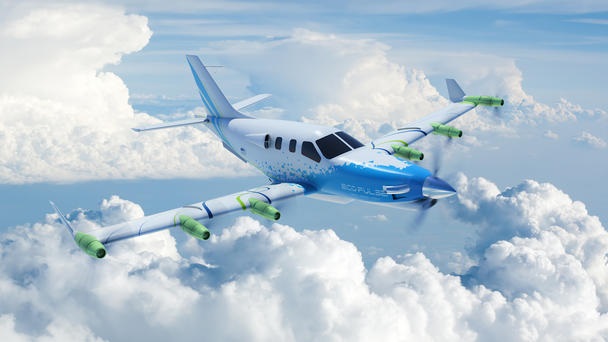Choosing the appropriate battery is essential for aircraft operations to operate as safely, effectively, and optimally as possible. Selecting the best-performing battery can be challenging because there are many different kinds of batteries available, each with unique benefits and factors to take into account. This article offers a thorough guide to assist interested individuals in understanding the various kinds of aircraft batteries, important variables to consider when selecting a battery, and the most recent advancements and potential future directions in airplane battery technology.
Understanding the Types of Aircraft Batteries
Understanding the many types of airplane batteries is the first step in selecting the appropriate one. The three primary battery types used in airplanes are lithium-ion, nickel-cadmium, and lead-acid. The most popular and affordable alternative is lead-acid batteries, although they are heavier and need more frequent maintenance. Nickel-cadmium batteries are appropriate for use in a few different kinds of aircraft because of their longevity and reputation for dependability.
Lithium-ion batteries have a higher energy density and are lightweight, giving them superior performance and a longer lifespan, although they are more expensive. Because every battery type has pros and downsides, it is crucial to consider the aircraft’s unique requirements and limitations when choosing a battery.
Factors to Consider When Choosing an Airplane Battery
Choosing the right battery is important for safety and best performance. The power needs of the aircraft play a big role in this choice, as you need to know how much electrical power the battery needs to provide during flight operations. The size and weight of the battery are also key factors. The battery must fit in the aircraft. Also, it should not be too heavy. If these two points are not handled well, the battery may not work as required.
Safety and Reliability of Aircraft Batteries
Safety and dependability are crucial factors when selecting an airplane battery. In order to guarantee a battery’s safe functioning within the aircraft, it must be chosen with compliance with all relevant safety regulations and certifications. Since the battery powers the aircraft’s electrical systems during every stage of flight, its ability to perform reliably in a variety of situations is also essential. Selecting a battery with a reputation for dependability and performance is essential since a malfunctioning battery can harm aircraft operations and safety.
Routine maintenance and inspections are necessary to guarantee that the battery continues to function safely and in excellent condition. Furthermore, modern safety measures that guard against overcharging and overheating as well as integrated monitoring systems, enhance the overall dependability and safety of the airplane battery.
Maintenance and Lifecycle Costs of Aircraft Batteries
Comprehending the lifecycle prices, encompassing the battery’s purchase price, upkeep charges, and anticipated longevity, is crucial for cost estimation and control in the budget. Longer lifespans and fewer maintenance requirements make some batteries more cost-effective in the long term, even if they may cost more upfront.
Other significant factors to consider are warranty and after-sales service, as these might impact the battery’s overall cost and dependability. By carefully considering these variables, pilots can select the battery that best suits their needs in terms of longevity, performance, and cost, resulting in maximum efficiency and cost control for their aircraft.
Innovations and Future Trends in Airplane Technology
Improvements in performance, safety, and sustainability are being propelled by developments in technology. In order to increase energy density, decrease weight, and boost efficiency, new battery designs and materials are being created. These developments will improve overall performance and extend flying periods. Alongside the increased emphasis on environmental responsibility in the aviation industry, sustainable and eco-friendly battery solutions are also emerging.
It is anticipated that future developments in aircraft battery technology will prioritize enhancing safety, dependability, and energy efficiency. This is in line with the aviation industry’s continued dedication to innovation and progress. A battery that provides the highest performance, safety, and sustainability for contemporary aircraft operations must be chosen by keeping up with the most recent developments and trends in the technological advancements in airplane batteries.
Conclusion
To ensure the best possible functioning and safety of the aircraft, selecting the appropriate airplane battery requires careful evaluation of the battery type, performance requirements, safety features, maintenance demands, and lifetime costs. Choosing a battery that offers the highest performance, dependability, and sustainability requires keeping up with the most recent developments and trends as battery technology continues to grow. Aircraft operators can select a high-performing battery that fulfills the unique needs and specifications of their aircraft by giving these factors top priority and carrying out in-depth research.
